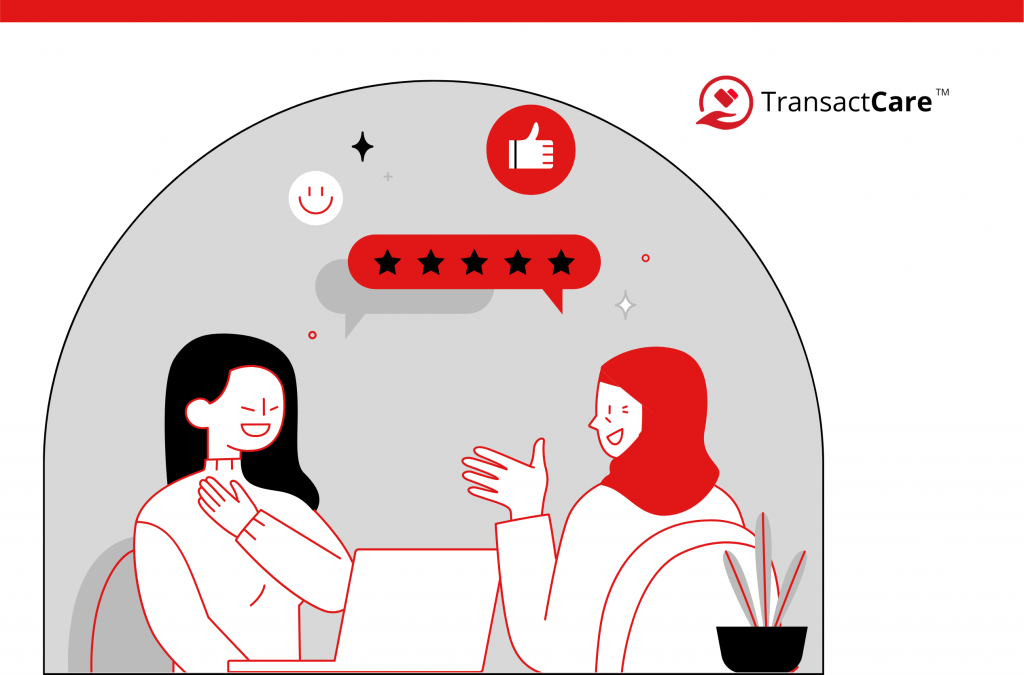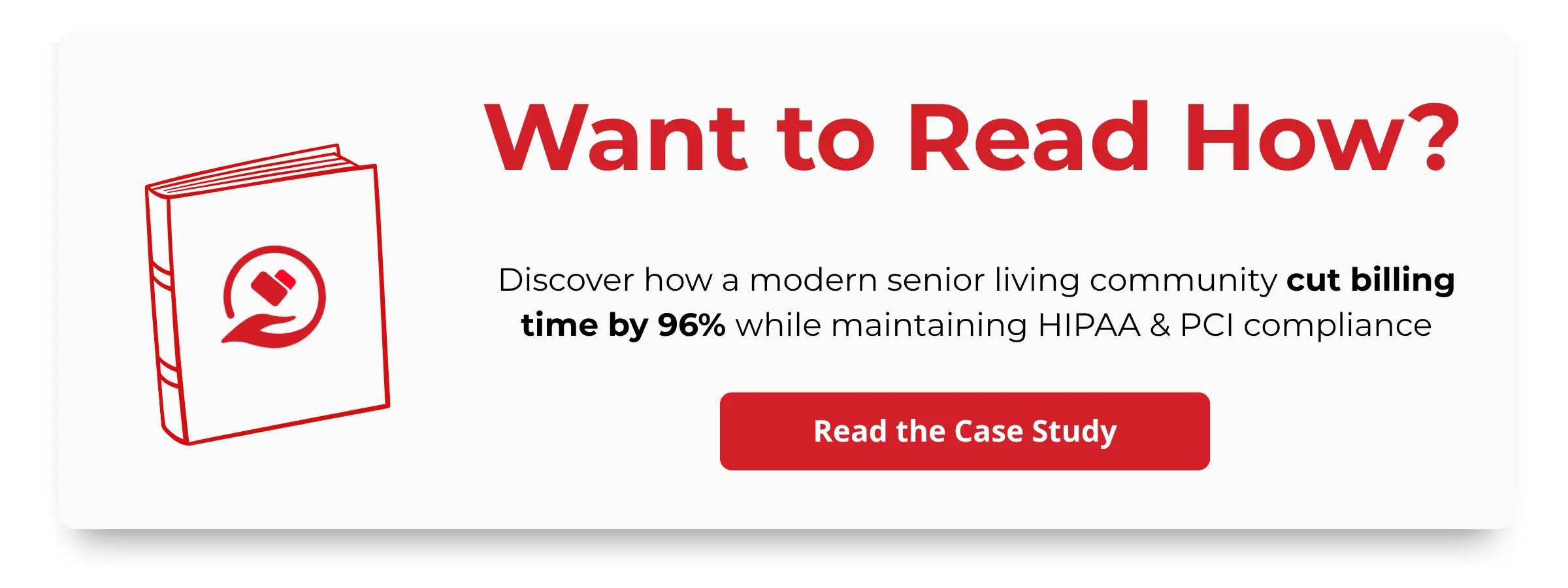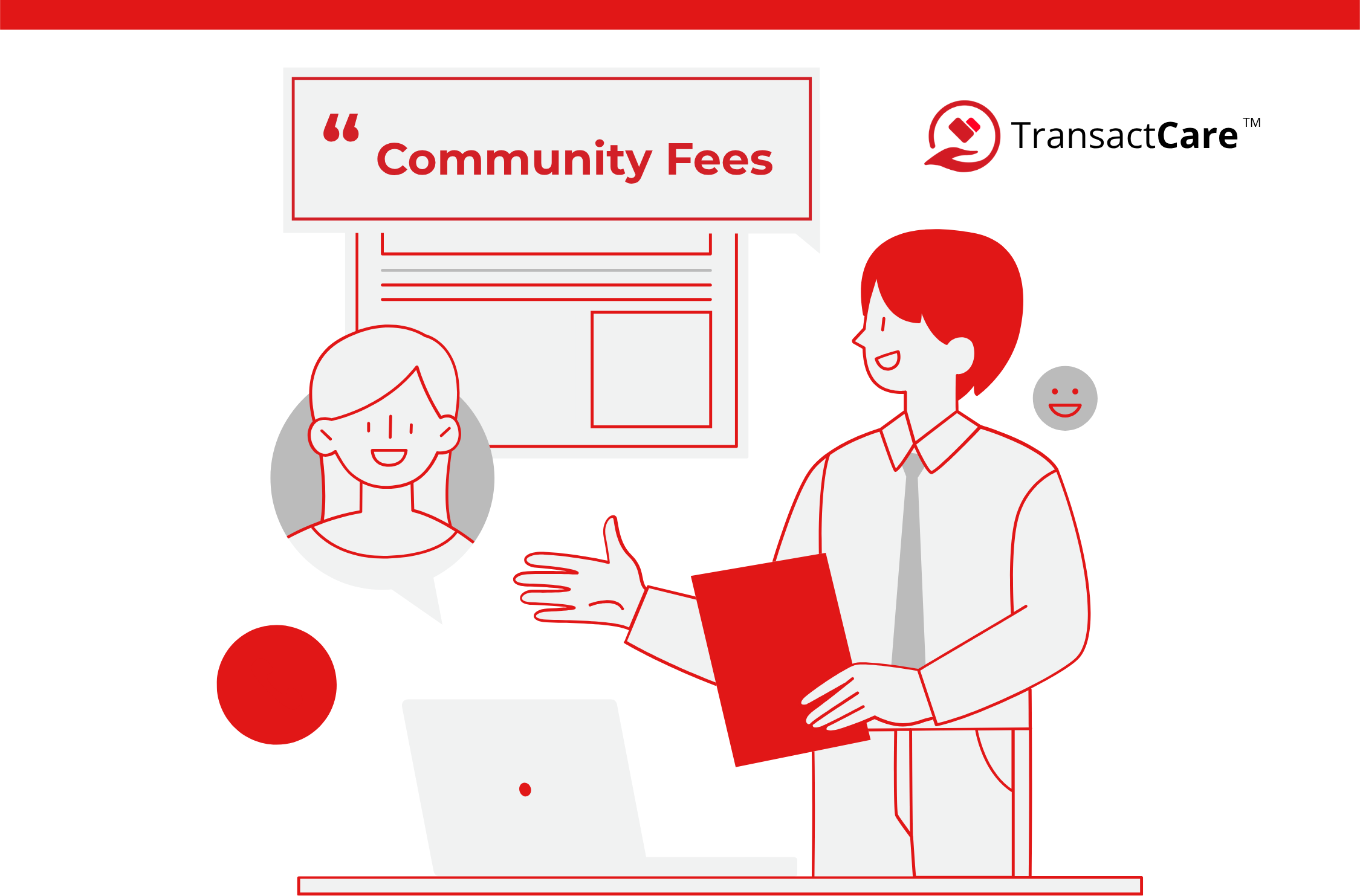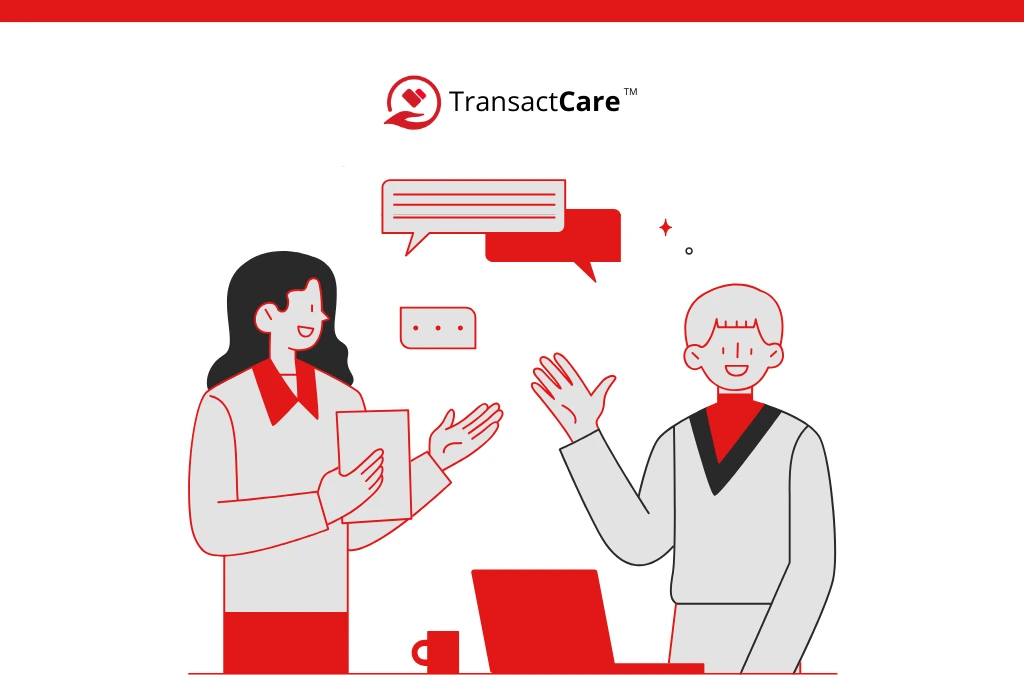Confused Families Don’t Pay on Time…
In senior care, few topics spark more confusion, conflict, and frustration than billing. It is the one conversation every administrator dreads and every family insists on having. And while the move toward integrated healthcare systems and digital billing platforms has made tremendous strides, one truth remains: if you do not clearly communicate what is being charged, why it is being charged, and how to pay it, families will either delay or dispute the payment. Sometimes both.
Family caregivers are the backbone of our nation’s long-term care system, and they are overwhelmed with their responsibilities and time spent managing their loved one’s care. Meanwhile, research has found that nearly 40% of U.S. adults find medical bills confusing.1 These are not isolated issues. They are patterns. And they are avoidable.
Effective billing communication is not a nice-to-have. It is a core part of the resident and family experience. Increasingly, it is the difference between sustained revenue and serious delays. Whether you are running a single assisted living facility or overseeing operations across multiple locations, your billing strategy is only as good as your communication.
- Billing Communication Tips
- 1. Prioritize Structured Clarity Over Clinical Detail
- 2. Send Billing Information in Multiple Formats, but Anchor Everything in One Portal
- 3. Protect Privacy While Providing Essential Detail
- 4. Standardize Your Billing Calendar and Communicate It Clearly
- 5. Enable Real-Time Account Access for Guarantors and Families
- What Should Be Included in Every Billing Communication?
- The Consequences of Poor Billing Communication Under HIPAA
- Frequently Asked Questions
- Final Thoughts
- Want to Eliminate Billing Confusion for Good?
1. Prioritize Structured Clarity Over Clinical Detail
When families open a billing statement, they are not looking for medical insight, they are looking for clarity. The goal is not to describe specific occurrences and evaluations. It is to clearly present what is being billed, when the services occurred, and what balance remains.
Replace ambiguous categories like “Miscellaneous Services” with structured service labels that are still HIPAA-safe:
- “Skilled Nursing Services – September”
- “Room and Board – Assisted Living”
- “Physical Therapy (3 sessions)”
- “Care Support Services – Fall Prevention Program”
This strikes the balance between transparency and compliance. You’re not dumbing anything down. You’re presenting payment-relevant information in a way that builds trust and avoids confusion, disputes, and repeat phone calls.
Statements should also use consistent formatting:
- Group services by date or service category
- Use bold headers and subtotals
- Display previous balance, payments applied, and new balance clearly
- Summarize the payment due at the top of the statement
- Provide a clear call to action for how and where to pay
Remember: billing communication is not a medical record. It is a financial document, and it should read like one.
2. Send Billing Information in Multiple Formats, but Anchor Everything in One Portal
Families today use phones, tablets, desktops, and the occasional printed letter. Some still want paper statements. Others want everything on mobile. Your job is not to choose for them but to provide options.
Send billing statements via email, with the option to log into a secure portal. Offer text notifications for payment reminders. Include downloadable PDFs. But above all, give them a single online hub where they can view statements, make payments, enroll in autopay, and ask questions. Preferably one that is integrated with your EHR and follows strict healthcare payment compliance standards like HIPAA and PCI DSS. If your system does not support this, you are not just creating confusion. You are creating delays, disputes, and possible violations.
3. Protect Privacy While Providing Essential Detail
Healthcare billing lives at the intersection of information and regulation. So yes, you can include details in a statement, but only the right ones. HIPAA allows billing-related communications to include protected health information (PHI) as long as:
- The disclosure is for payment purposes.
- Only the minimum necessary information is disclosed.
- Reasonable safeguards are in place to prevent accidental disclosures.
The three main HIPAA rules that govern billing communication:
1. Privacy Rule
- Permits use of PHI for treatment, payment, and operations without patient authorization.
- Requires that only the minimum necessary information be used or disclosed for payment.
- Requires that communications be sent in a way that protects privacy, especially when PHI is involved.
2. Security Rule
- Applies to electronic PHI (ePHI), including email, portals, and cloud storage.
- Requires secure transmission (e.g., TLS-encrypted email, secure patient portals).
- Requires access controls, audit trails, and data integrity protocols.
3. Minimum Necessary Standard
- Limits what information can be shared on billing statements to only what’s required to process or explain the charge.
Here is what you should avoid including:
- Diagnostic language (e.g., “Alzheimer’s disease,” “Parkinson’s support,” “Type II Diabetes Management”).
- Behavioral health services (e.g., “Psychiatric assessment,” “Substance abuse therapy”)
- HIV, STD, or reproductive health references.
- Medication names, dosages, or pharmacy data.
- Descriptions of care plans or treatment goals.
Avoid diagnostic labels on statements. For SUD services (covered by 42 CFR Part 2) and other sensitive areas, use neutral service descriptors or route details through secure portals.
TransactCare is fully HIPAA-compliant and PCI Level 1 certified. Digital statements are provided using a secure and audited online payment portal protected by a firewall. Physically mailed statements are delivered using secure envelopes to adhere with HIPAA-required safeguards for mailed communications.
4. Standardize Your Billing Calendar and Communicate It Clearly
A consistent billing schedule reduces anxiety and eliminates guesswork. Families want to know when to expect a bill, how long they have to pay it, and what happens if they miss a deadline.
Make your billing calendar part of the onboarding process for every new resident or guarantor. Provide a one-page overview that includes:
- Monthly statement send date (e.g., 1st of the month).
- Grace period or due date (e.g., 15th of the month).
- Late fee policies.
- Payment options (online, autopay, check, etc.).
Then reinforce it. Mention it in your statement emails. Include it in your online portal. Add it to the footer of every mailed statement. A predictable cadence keeps families informed and facilities on track, without the need for repeated calls.
5. Enable Real-Time Account Access for Guarantors and Families
Providing visibility into account history is one of the most effective ways to reduce disputes and support timely payments. When families can see what has been billed, what has been paid, and what is outstanding, without having to call your front office, trust increases and friction disappears.
TransactCare’s secure, firewall-protected online portal gives guarantors access to:
- Full statement history
- Current balance due
- Payment history by month and service
- Downloadable PDF invoices
- Autopay status and setup options
- Real-time receipts and alerts
This level of visibility not only improves family satisfaction but also significantly reduces inbound calls to your billing office. It puts information in the right hands, at the right time, in a format that encourages resolution.
What Should Be Included in Every Billing Communication?
What should be included:
- The resident’s full name and ID number
- Account guarantor name (if applicable)
- A statement date and clear due date
- Detailed list of services with plain-language descriptions
- Clear total due
- Previous balance and any applied payments
- Accepted payment methods, including ACH, credit card, and any available autopay options
- Instructions for setting up or managing autopay
- Link to secure payment portal
- Billing department contact information (email and phone)
- Late fee policies
- A brief statement on security and compliance (e.g., “Our platform follows HIPAA and PCI DSS standards”)
HIPAA Considerations:
- Do not include clinical notes, diagnostic codes, or references to protected conditions.
- Ensure all digital communication is transmitted through encrypted channels or protected by a firewall.
- If the statement is not able to protected or encrypted electronically, only the minimum necessary information should be disclosed to support billing and payment.
The Consequences of Poor Billing Communication Under HIPAA
The legal landscape is not forgiving when it comes to healthcare billing. If you are not compliant with HIPAA, PCI DSS, and other data security regulations, you are not just risking late payments. You are risking fines, lawsuits, and reputational damage.
Examples of what not to do:
- Email a billing statement that includes another resident’s name.
- Leave a voicemail with private medical or financial information. Note: If you must leave a voicemail, avoid mentioning detailed medical information. If a callback is needed, leave only your facility name, a callback number, and minimal context.
- Use an online payment system that is not encrypted or lacks audit tracking.
- Fail to provide a way for families to dispute or question charges securely.
Any of these can lead to HIPAA violations, which can result in civil monetary penalties ranging from $127 to $63,973 per violation, with annual caps up to $1,919,173 for identical provisions, depending on culpability. And if that is not enough of a motivator, think of the PR fallout when “Billing Error Leads to HIPAA Breach” becomes the headline in your local news.
Frequently Asked Questions
Q: How do I balance compliance with clear communication on billing statements?
A: Focus on financial details, not medical specifics. Use plain, service-level descriptions (e.g., “room and board,” “therapy sessions”) and avoid diagnostic language. Statements must be delivered securely and limited to the minimum necessary information.
Q: How can I help families understand complicated charges?
A: Use simple language and real-world terms. “Three days of wound care” is better than “Skilled Nursing Episode Type 3B.” Add context when needed.
Q: How does TransactCare reduce billing-related calls and disputes?
A: Our platform gives families 24/7 access to statements, payment history, and current balances through a secure portal. Our live support team can also be accessed by residents at (888) 804-5840.
Q: What should we do if a family member refuses to use digital statements?
A: Continue to offer paper statements. TransactCare enables facilities to automatically send both digital and mailed statements, with no extra workload for your staff. We meet families where they are, not the other way around.
Q: Is paper billing still necessary?
A: Only as a backup. Digital should be your primary method. Portals are more secure, faster, and easier to manage, for both your staff and the families you serve.
Q: How often should I send reminders?
A: At minimum, send one when the statement is issued and another three to five days before the due date. If payment is missed, follow up with a final notice before escalating.
Q: What is the safest way to accept online payments?
A: Through a secure payment system that is HIPAA compliant and PCI certified. TransactCare is an example of a platform that offers real-time payment posting, resident portal access, and seamless integration with PointClickCare and other EHR systems.
Q: Can billing communication really affect resident satisfaction?
A: Absolutely. Families equate poor billing communication with poor care. Clear, consistent billing builds trust, and trust leads to higher satisfaction and fewer complaints.
Final Thoughts
Billing communication is not just about dollars and cents. It is about trust, transparency, and the resident experience. In a world where digital payment systems, secure processing, and real-time account access are not just possible but expected, your facility cannot afford to get this wrong. Do it right, and you reduce administrative burden, accelerate cash flow, and improve family relationships. Do it poorly, and you lose time, revenue, and trust. Sometimes, all at once.
Want to Eliminate Billing Confusion for Good?
TransactCare is a secure, enterprise-level healthcare payment solution that helps senior living communities simplify billing, automate recurring payments, and integrate directly with platforms like PointClickCare. Give your staff their time back. Give families peace of mind.
- https://www.techtarget.com/revcyclemanagement/news/366600568/Medical-Bills-Are-Confusing-for-Nearly-40-of-Adults-Survey-Finds?utm_source=chatgpt.com








